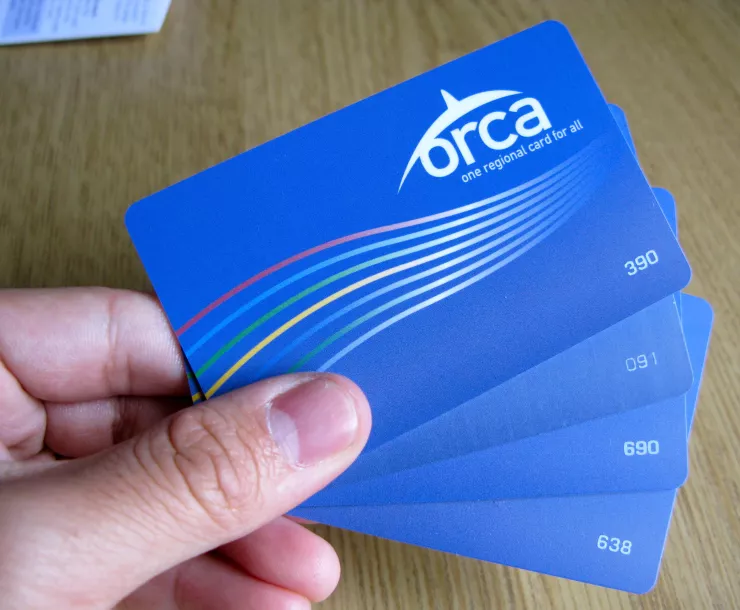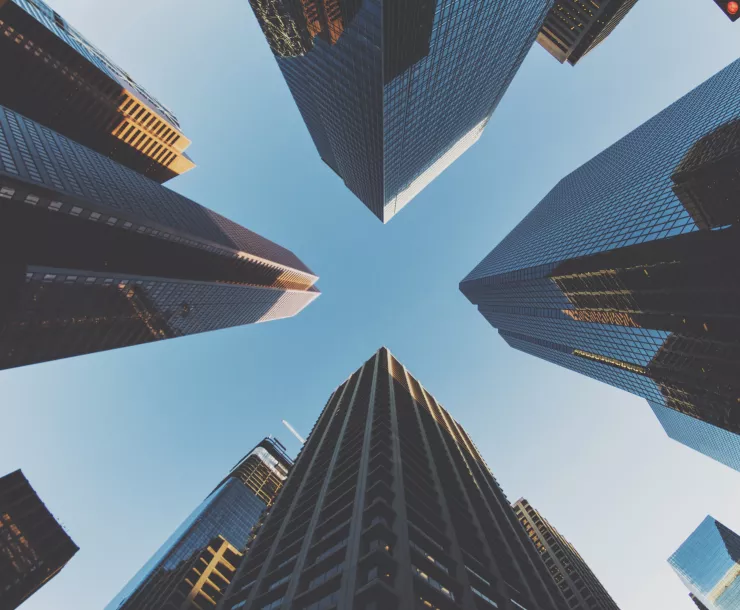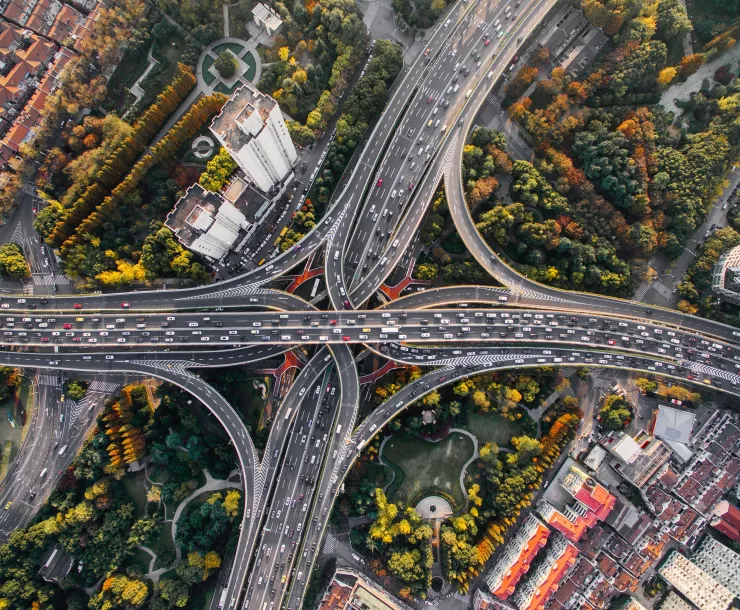
When the Sierra Club was founded in 1892, its purpose was to sponsor wilderness outings along the Pacific Coast and further nature conservation. In the early 20th century, the Club focused on protecting public lands--from opposing dams to building hiking trails. To the original members, our legacy lay beyond our city boundaries.
However, since then we have come to understand that such delineations are arbitrary in our mission “to explore, enjoy, and protect the wild places of the earth” and “to practice and promote the responsible use of the earth's ecosystems and resources.”
Within the last decade, with the threat of the climate crisis looming ever closer, the Sierra Club has pivoted to focusing on curbing our greenhouse gas emissions and carbon footprint. While that still includes protecting our natural environment to promote climate resilience, it is also increasingly about breaking down silos that once existed in the environmental community.
In order to safeguard the natural environment that the Sierra Club founders prized, we must take a hard look at our cities, and how our lifestyle bleeds into the very places we’ve sworn to protect.
In Washington state, our largest carbon/greenhouse gas emissions come from transportation--in specific, our cars. Instead of building reliable, frequent, and accessible public transportation systems, most Washington commuters rely on cars to get around--adding to our overall carbon emissions. Worse yet, communities of color and low-income communities are often closest to car-heavy roads, ensuring higher likelihood of asthma from all the air pollution. This car-reliant lifestyle pollutes both the air we breathe and the ecosystems beyond our city’s perimeter.
Above all, our carbon-intensive lifestyles are upheld by land use planning, which encourages environmentally-destructive practices, such as housing sprawl. When housing sprawls, it spreads out horizontally instead of vertically, and our car-reliance and traffic grows. Sprawl cuts farmland opportunities, reduces forests, and lengthens our commutes. It forces us to have longer trips to work, grocery stores, doctors, and daycares.
What we build and how we build it is inextricably linked to our environment. Housing and transportation must be key components to our strategy to combat the climate crisis. That’s why the Washington state Sierra Club is focusing on transforming our cities’ infrastructure to prioritize protecting our environment, our health, and our most vulnerable.
Current Status:
Transportation Efforts
Washington State's largest emissions sector is transportation. We cannot mitigate the climate crisis to the best of our abilities without addressing and fundamentally altering the ways we get around. This will require a shift to putting more people in fewer vehicles--buses. We can also shift toward clean fuels in cars and across aviation, and electrification in freight, fleets, and personal vehicles. That's why Sierra Club has supported Clean Fuels for years, helped pass the Zero Emissions Vehicles legislation in 2020, testifies for positive bus infrastructure and reliance and against carbon-intensive freeway expansion.
We continue to push for clean fuels at the legislature so drivers have more options. Sierra Club also pushes for Transportation for All at the legislature and in the Washington State Department of Transportation so our air is cleaner, our travel more efficient, and our policies align with the latest science.
Housing Efforts
The buildings sector, both residential and business, is the fastest-growing emissions sector in Washington State, jumping 5x as much as other sectors since 1990. Both how and where we build can decimate the climate. Single-detached housing typically uses dirty energy while being the least energy-efficient--heating a large home takes more. Yet, American single-detached homes have grown excessively large with time, and expensive, often called McMansions. Housing doesn't operate on its own either. The reliance of single-detached homes forces sprawl itself, pushing people further out into once-green forests that are now cul-de-sacs. Sprawl not only clearcuts whole forests and reduces farmland, but it incentivizes more driving on dirty fuel, adding to the climate crisis.
Get Involved:
(Select "Stopping Fossil Fuels" and mention "Housing & Transit" to get involved)









